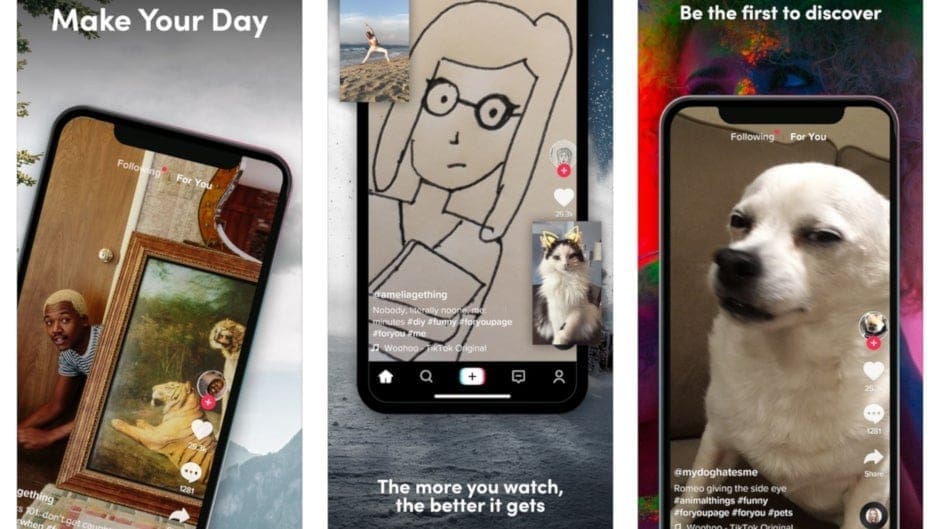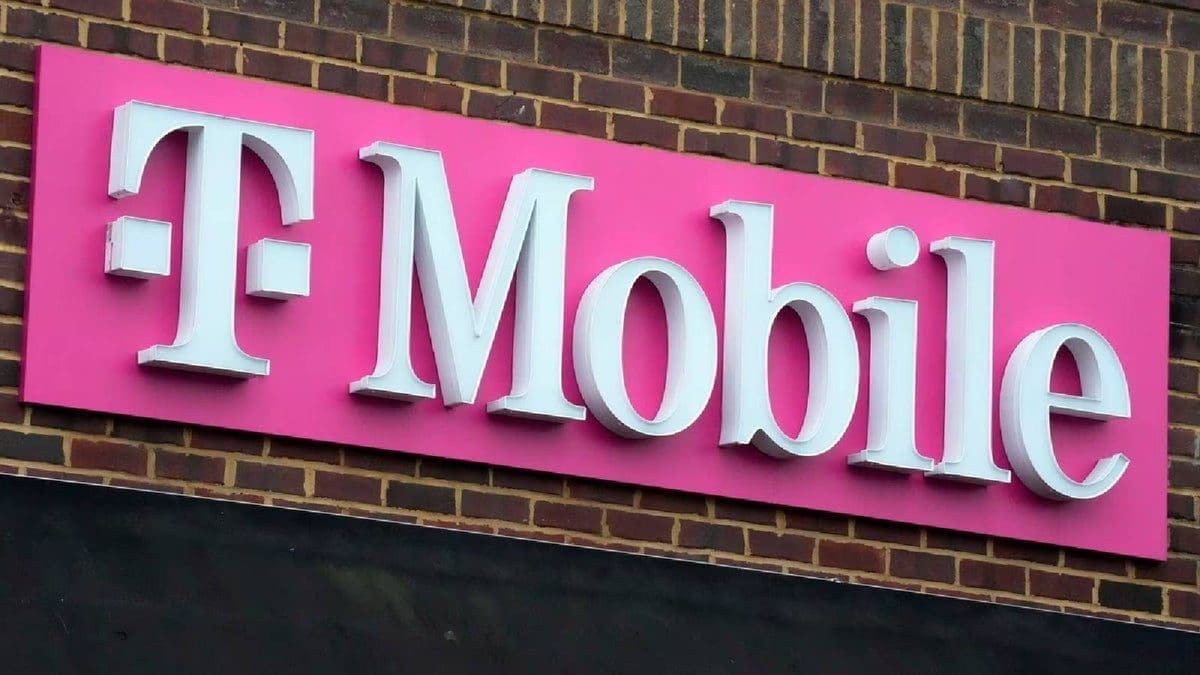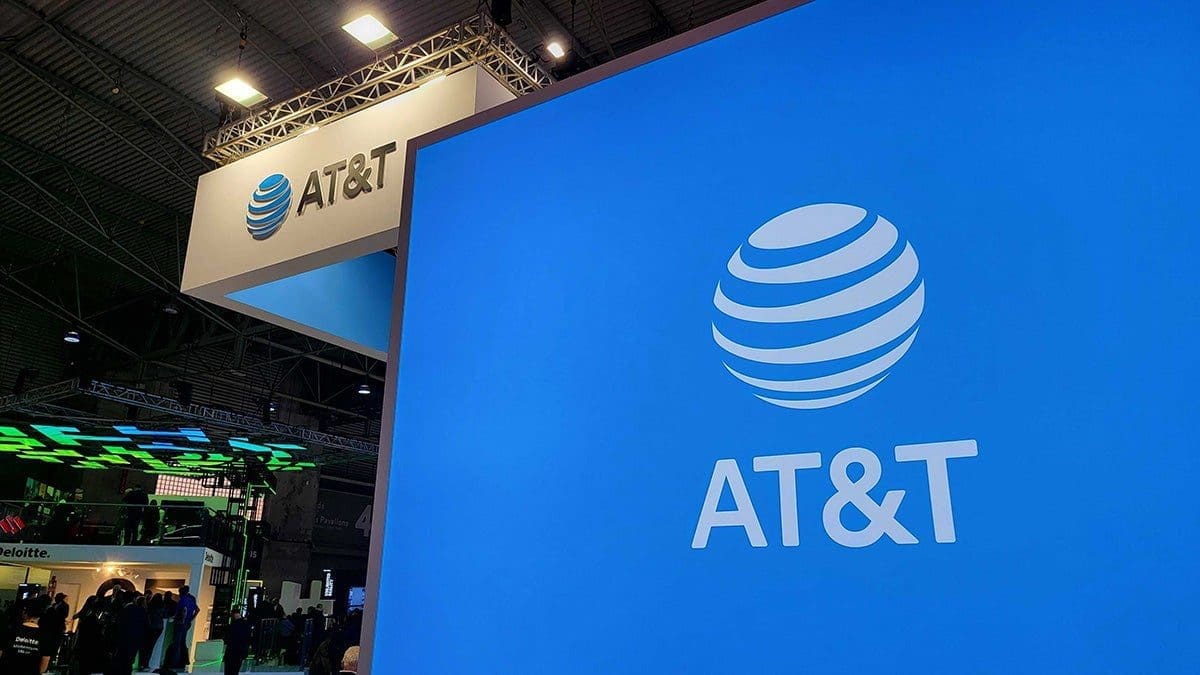In today’s digital age, the popularity of platforms like TikTok, Instagram, Facebook, and YouTube has skyrocketed. As we spend more time watching videos of silly cats and talented dancers, we are unknowingly generating a significant amount of data traffic that mobile networks must handle. This surge in video consumption has not gone unnoticed by telecom operators like Vodafone, who are feeling the financial strain of upgrading networks to keep up with the demand.
According to a recent Reuters report, global mobile traffic grew by 25% in the 12 months leading up to the first quarter of 2024. By the end of 2023, video made up a whopping 73% of all mobile traffic. These numbers highlight the impact that video content consumption is having on telecommunications infrastructure worldwide.
Telecom operators have been vocal about the costs associated with this surge in data traffic. While Big Tech companies like Meta (owner of Facebook and Instagram) benefit from increased user engagement through video content, it is the telecom operators who bear the burden of network upgrades without reaping the same benefits.
To address this issue, Meta has teamed up with Vodafone to optimize the delivery of short-form videos on 11 European mobile networks. This collaboration aims to increase network capacity without compromising the viewing experience for users. By working together, Vodafone and Meta hope to find efficiencies that will benefit both parties.
Despite these efforts, there are still concerns about whether video quality will degrade as demand continues to rise. The ongoing growth in mobile data usage driven by platforms like Instagram, TikTok, and YouTube underscores the need for continued collaboration between telecom operators and tech companies.
While debates on equitable resource allocation within the EU have stalled, partnerships like the one between Vodafone and Meta offer a practical solution to address these challenges. By optimizing video delivery for their applications, Meta is paving the way for more efficient use of existing network resources.
In a trial conducted in April, Vodafone reported a significant reduction in Meta’s data traffic on its UK network, freeing up capacity in high-traffic areas such as shopping centers and transport hubs. Similarly, Spain’s Telefonica is also working with Meta to optimize video traffic delivery on its networks.
As we navigate this ever-evolving landscape of digital content consumption, it is clear that collaboration between telecom operators and tech giants will be crucial in ensuring a seamless user experience while managing network capacity effectively. Let’s see how these partnerships continue to shape the future of telecommunications infrastructure!









